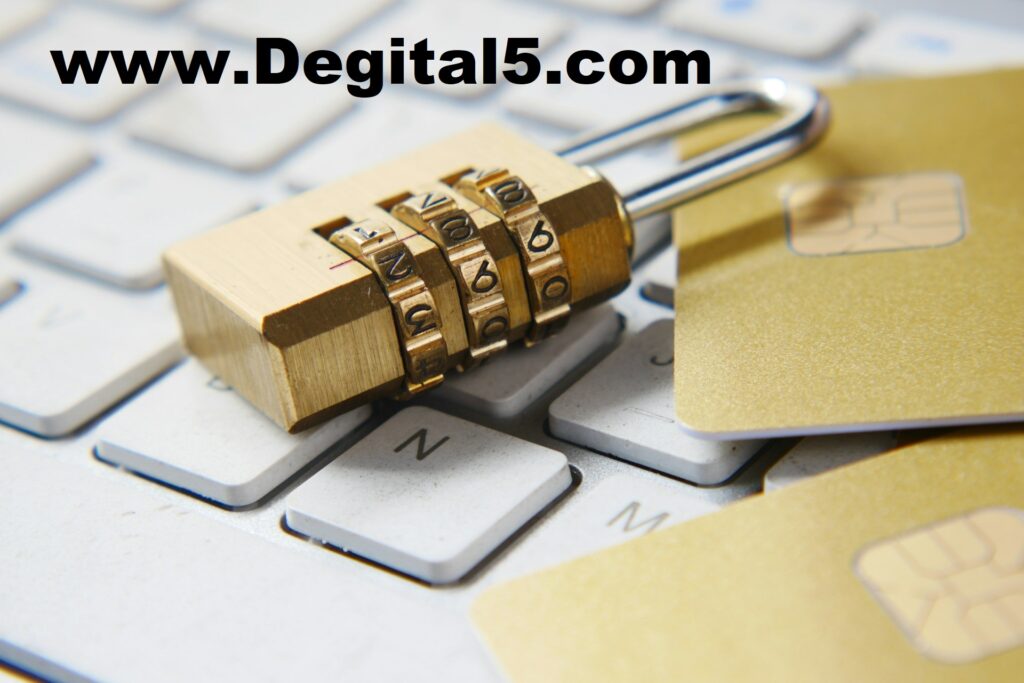Digital Personal Data Protection Education for Students

Digital Personal Data Protection Education for Students
Over the last decade, youngsters have used technology practically instinctively at home and school. Young brains use internet-connected gadgets for schooling, gaming, and socializing.
In addition to the educational benefits of having materials and learning tools at the press of a button, students must be aware of the perils of ubiquitous digital access. One difficulty is data protection knowledge and practice.
Positively, 94% of 12-17-year-olds were aware of at least one online safety element, and 84% had implemented it, according to the same Ofcom survey. However, youngsters may not realize the ramifications of revealing their personal information online or that their actions might be observed, tracked, and abused.
Parents and teachers must teach youngsters about internet data privacy and how to protect themselves.
The privacy of data?
Data privacy involves protecting sensitive and personal data. Knowing data privacy and how to secure it helps protect people from data breaches and abuse.
Websites may gather names, addresses, birth dates, and payment information via surveys, sign-up forms, online games, and applications. These outlets may seem innocent, but providing this data may expose people, particularly children, to exploitative advertising, cyberattacks, identity theft, and online predators.
Protecting children’s data: how?
Teachers and parents may take many proactive steps to teach pupils about internet privacy and data protection.
Personal information education
The first step is to educate kids what not to share online. Name, age, residence, phone number, email, and school are examples. Other data that children should consider before uploading online include images, videos, present locations, and hobbies. Remember that personal information is any data that might identify an individual, so be cautious.




